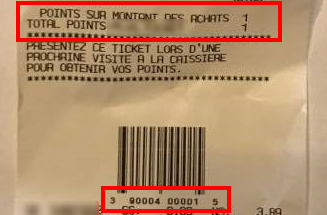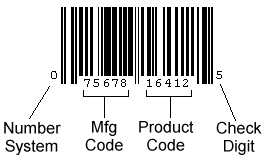Printing money - hacking loyalty points
At work, we’ve all grown quite vigilant when it comes to customers trying to cheat the system. A necessary trait when working in a domain where money flows back and forth and customers are always trying to find an edge that will turn the tables.
While most tend to leave this mindset at work, one colleague in particular, is always probing, trying to find cracks in the surface of everyday models. Years of practice have made him exceptionally good at it too. When you want more than a shallow review of your design, you go see him.
I happened to be a part of his last quest, in which we reverse engineered a case of security by obscurity involving a large supermarket chain.
A bit of backstory first. This supermarket - as many others - offers a loyalty program. In return for your data, you earn one point per two euros spent. As soon as you’ve saved up 500 points, you get a 5 euro coupon which you can use to get a discount or to buy an item in their loyalty shop. To identify yourself, you receive a card which you show to the cashier on checkout or which you scan yourself when using the self-checkout. When you forgot your card in the car or at home, they print a code on the receipt. This allows you to claim your points afterwards by handing it to the cashier, or again by scanning it yourself at the self-checkout.
In this example, we purchased something small without using our loyalty card. The item cost less than four euros, earning us one meager loyalty point. If you take a closer look at the ticket, you can see the amount of points being repeated at the tail of the barcode.
If you’re familiar with the anatomy of some of the established barcode standards, you might notice they’re using the UPC symbology to encode loyalty points.
After proving the manufacturer code was connected to the store the ticket was printed at - by purchasing multiple products from different branches, we figured we could just go ahead and forge our own loyalty points. A quick Google search and a printer were all the tools we needed.
So we first purchased two products on two different days. This gave us a ticket worth one point and another one worth two points. We printed our own barcode worth three points, and claimed it at the self-checkout. We weren’t stopped by security on our way out, and the points were credited to our points wallet, so I guess it was a successful experiment.
To be fair, if it wasn’t for the self-checkout option, it would be much harder to get away with this. If we had to hand over our ticket to a human, we would have needed to counterfeit a lot more than just the barcode. There are reasons it’s so incredibly hard to print fake money.
The system used is quite simple; both from a customer perspective as a technical perspective. It’s a lightweight stateless model which should hardly require any maintenance.
If you wanted to make this system more secure - not necessarily bullet proof, I can think of two obvious options:
- Leave the validation of points to humans. I’m not sure how hard it would be to make a high quality copy of a ticket with lots of points on it.
- Spawn a new state machine identified by a random token each time you hand out points. This state machine allows points to be claimed and to expire.
Please chime in if you know of battle-tested models for this type of functionality.
Closing off, we didn’t do any harm during our research: we didn’t take more than we paid for.


